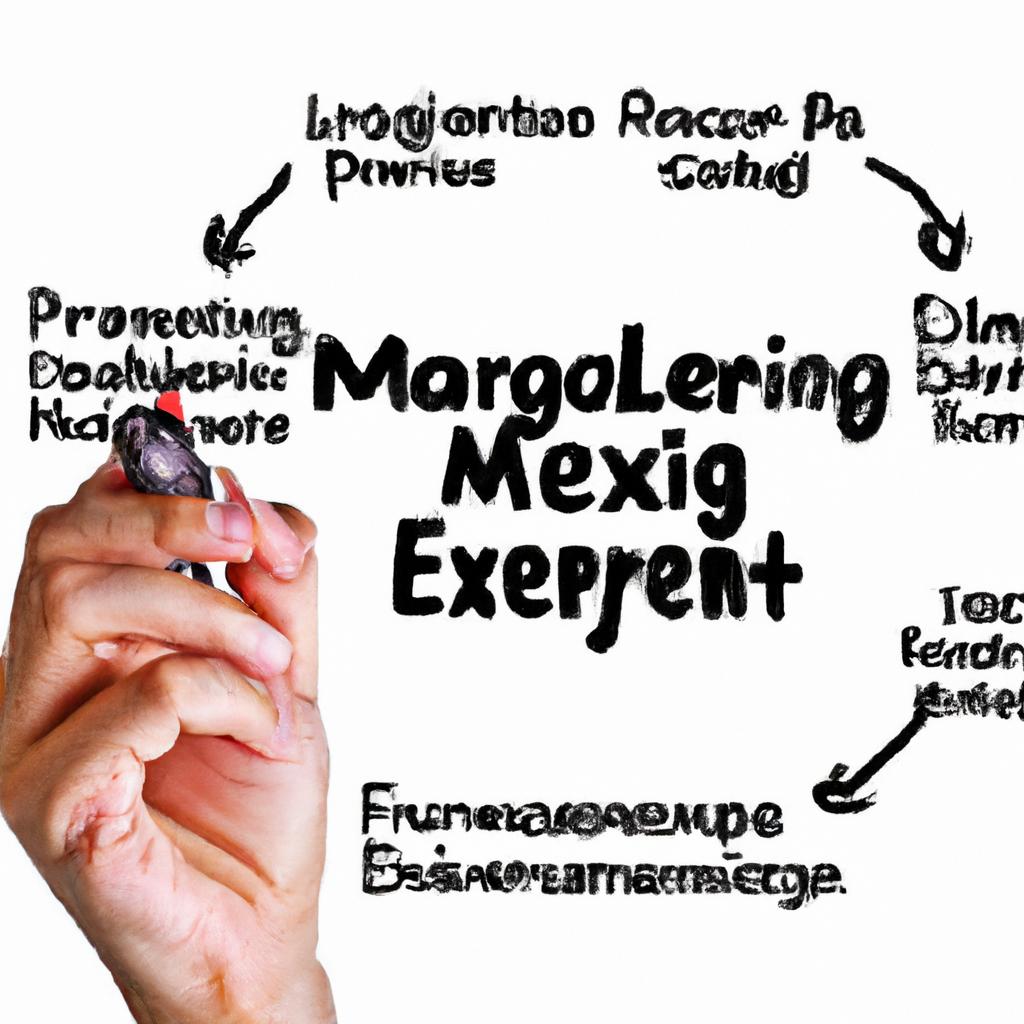In today’s ever-evolving marketplace, the quest to connect with a target audience has transformed into a multifaceted journey, brimming with opportunities just waiting to be unlocked. As businesses strive to cultivate genuine relationships with their customers, the right shopping channels can serve as keys that open doors to deeper engagement and meaningful interactions. From the bustling aisles of e-commerce platforms to the personalized touch of social media marketplaces, each channel offers unique pathways to reach consumers where they are most receptive. This article dives into the art of navigating these diverse shopping landscapes, equipping you with insights to harness their potential and elevate your brand’s connection with its desired audience. Join us as we explore innovative strategies that can turn the mundane act of shopping into a vibrant conversation, unlocking the potential that lies within every customer relationship.
Strategies for Identifying Your Ideal Shopping Channels
Identifying your ideal shopping channels involves a blend of research, analytics, and a deep understanding of your target audience. Start by analyzing consumer behavior; this can provide insights into where your audience spends time and makes purchases. Utilize tools like Google Analytics and social media insights to gather data on customer preferences. Additionally, conduct surveys or polls to directly engage with your audience and determine their favorite shopping venues. Reach out through email campaigns or social media platforms to further refine your insights.
Next, consider the following strategies to narrow down your shopping channels effectively:
- Target Market Analysis: Profile your ideal customers based on demographics, interests, and shopping habits.
- Competitor Research: Investigate where your competitors are successful; study their marketing strategies and customer engagement methods.
- Testing and Optimization: Experiment with multiple channels—be it brick-and-mortar stores, online platforms, or social media—to see which yields the best results.
- Feedback Loop: Establish a system for collecting ongoing feedback, adjusting your strategies based on the responses you receive.
To illustrate the diversity in shopping channels and their effectiveness, consider the following table of common platforms and their target audiences:
| Shopping Channel | Target Audience | Strengths |
|---|---|---|
| Online Marketplaces (e.g., Amazon) | Tech-savvy consumers | Wide reach and convenience |
| Social Media Platforms (e.g., Instagram) | Young adults & Millennials | Visual engagement and influencers |
| Local Stores | Community-oriented shoppers | Personal touch and immediacy |
| Brand Websites | Brand loyalists | Full control over user experience |

Maximizing Engagement Through Multi-Platform Marketing
In today’s digital landscape, businesses can amplify their outreach by tapping into a variety of channels. By strategically employing multi-platform marketing, brands can ensure their messages resonate across diverse audiences. Consider the following elements of a successful multi-platform strategy:
- Targeted Content: Tailor your marketing messages to suit the unique characteristics and preferences of different platforms.
- Consistent Branding: Maintain a cohesive brand image across all channels to strengthen identity and recognition.
- Engagement Tracking: Utilize analytics tools to monitor user interaction and adjust strategies based on performance data.
To further enhance engagement, it’s essential to understand where your audience spends their time. By examining the effectiveness of various shopping channels, businesses can allocate resources for maximum impact. Here’s a comparison of some popular platforms:
| Platform | Audience Demographics | Best for |
|---|---|---|
| Young Adults (18-34) | Visual Products | |
| All Ages | Community Building | |
| Predominantly Female | DIY & Lifestyle | |
| Tech-Savvy Users | Real-Time Engagement |
By assessing the strengths of each platform and aligning them with your branding strategies, you can create a compelling multi-channel experience that captivates your target market. As you explore these channels, remember to innovate and adapt, staying receptive to changing consumer behaviors and preferences.

Leveraging Data Analytics to Optimize Customer Connection
Understanding consumer behavior is essential for any business looking to enhance its engagement strategies. By employing data analytics, companies can dissect vast amounts of information collected through various touchpoints such as social media interactions, purchase histories, and customer feedback. This analytical prowess enables brands to identify key trends in customer preferences, allowing them to tailor their marketing messages more effectively. For instance, knowing the demographics of your audience can inform which platforms to focus on for advertising efforts. Businesses can then promote their offerings through targeted campaigns that resonate more with specific consumer segments. Here are some actionable insights gained through data analysis:
- Personalized Marketing: Craft messages that reflect individual consumer interests.
- Optimized Channel Selection: Focus on platforms where the target audience is most active.
- Timing and Frequency: Determine the best times to reach out based on previous interactions.
Furthermore, harnessing the power of real-time data allows businesses to adapt strategies on-the-fly. Analytics tools can monitor customer interactions and engagement levels, providing insights that help firms pivot or fine-tune their approach as needed. The shift to an agile marketing framework means businesses can swiftly respond to market changes and consumer demands. This is where the synergy between data analytics and customer service manifests, as businesses can create dynamic customer experiences that foster loyalty and engagement. Below is a simple overview of how data analytics can influence customer connections:
| Data Source | Insights Gained | Actionable Strategy |
|---|---|---|
| Social Media | Engagement Metrics | Refined Content Strategy |
| Email Campaigns | Open and Click Rates | Personalized Email Content |
| Website Analytics | User Behavior Patterns | Website Optimization |
To Conclude
In a world where consumers are constantly seeking authentic connections and personalized experiences, unlocking the potential of diverse shopping channels is not just a strategy—it’s a necessity. As we navigate the ever-evolving landscape of retail, understanding where and how to engage your target audience becomes paramount. From social media marketplaces to immersive online experiences, each channel offers a unique opportunity to foster relationships that transcend traditional transactional interactions.
As you embark on this journey to discover new avenues for connection, remember that success lies not only in promoting your products but in crafting meaningful engagements that resonate with your audience. By embracing innovation and adapting to the preferences of your customers, you’ll not only unlock potential revenue streams but also build a loyal community that champions your brand.
The path may be intricate, but the rewards are profound. So, take a step back, evaluate your approach, and explore the myriad shopping channels at your disposal. With the right insights and strategies, the possibilities are endless, and your potential for growth is limited only by your imagination. Happy exploring!

























